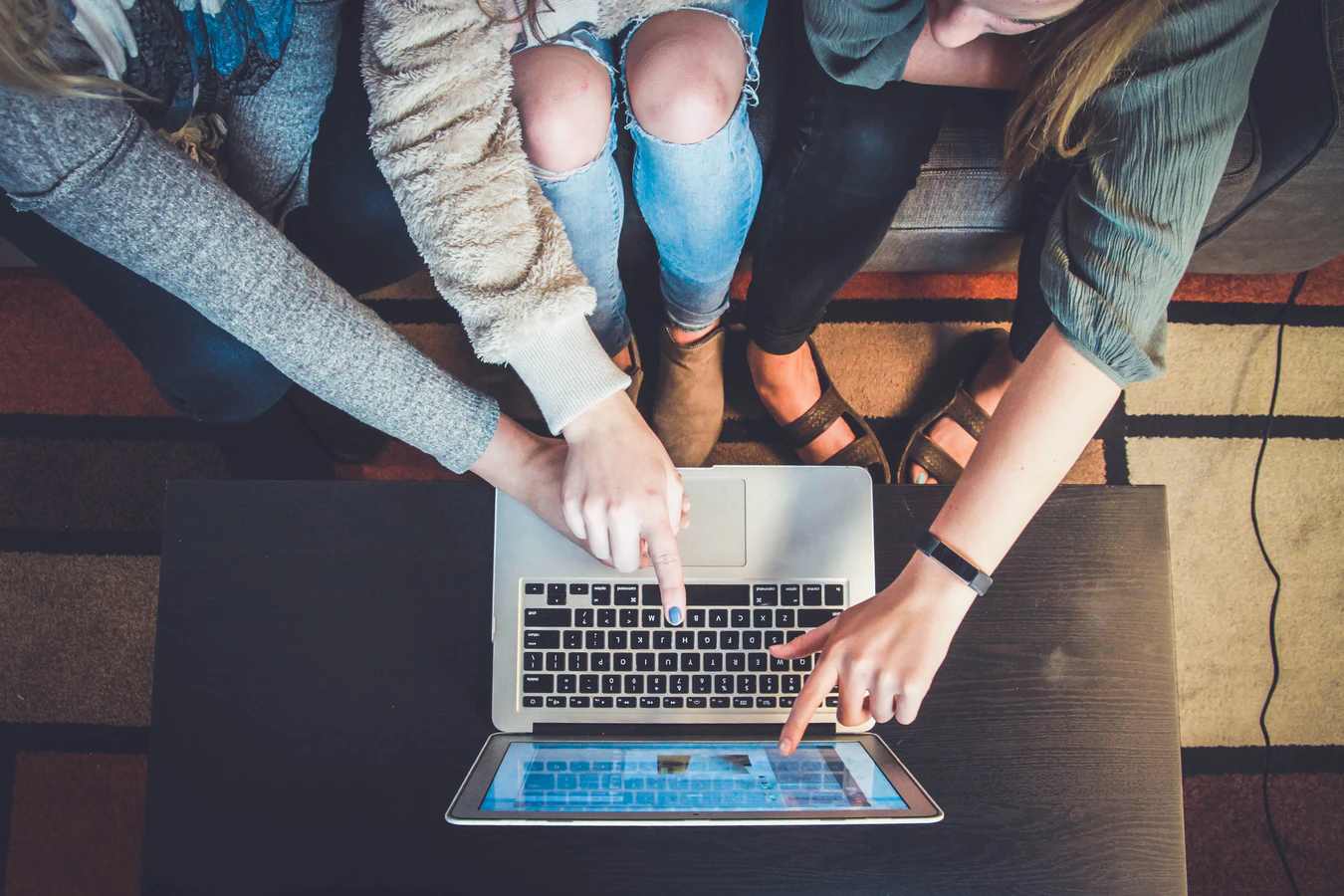It won’t be a usual start for the new school term as New Zealand’s tamariki commence Term 2 tomorrow.
With Alert Level 4 lockdown restrictions in place for at least another week, school children will go back to school tomorrow while still staying at home. Last week, the Ministry of Education announced an almost $88 million package to offer print, digital, and televised resources to ensure all children continue their learning amidst the pandemic.
The SMC asked experts to comment about the nationwide switch to distance learning.
Niki Davis, University of Canterbury Emerita Professor of e-Learning, comments:
“The announcement from the Minster of Education regarding the provision of robust distance education infrastructure for school students nationwide is significant and world leading. While there is no doubt that this provision will be challenging in its scope and scale, a great deal of careful planning is evident and ongoing. The people of Aotearoa New Zealand are capable of building this capacity, provided we stay strong and virtually mobilise our students within this effort. The students I mean to include are the young people whom the infrastructure aims to serve, and also students who are preparing to become future teachers. UC Student Army and ‘Tech Angels’ in schools have proved that they can be part of the solution.
“Online and remote teaching has unsung heroes in this nation for decades. Our research shows that many educators and policy makers have misleading preconceptions of what is possible. Rather than a second class mode for schooling, ‘virtual schooling’ as it has been called at times, has potential to provide a more personalised route through schooling for many students when it is well designed.
“Increasing access for the start of Term 2 is very ambitious, so we are fortunate that organisations such as Greater Christchurch Schools Network began that work some years ago.”
Conflict of interest statement: “Professor Niki Davis is a GCSN Board member and a researcher with the UC Child Well-being Research Institute. She has received research funding from many sources including the New Zealand Ministry of Education and the Ministry of Science and Innovation as well federal funding in the USA to develop teacher education for virtual schooling in the USA.”
Simon McCallum, Senior Lecturer, Wellington Faculty of Engineering, Victoria University of Wellington, comments:
“Physical distancing is driving a wedge into the digital divide. The wonderful efforts to reduce the divide for young New Zealanders rely on shared spaces such as schools, libraries and code clubs. These provide both the access to technology and the motivation to learn to master digital technology. The shift to online learning will be particularly hard on families who do not have access to good internet connections, computing devices, and suitable working spaces. For many of these kids, schools provide an island of calm in a life full of stress, noise, and insecurity.
“The government is in a tight spot. We need to move to online learning to protect both our health and economy, but we must remain aware that we will be leaving many behind. The physical learning packs are very important, and those will be sent out soon. TV, as a communication and synchronisation tool, is good, but realistically we would need tens of channels rather than one or two – at least one channel per year level 1-13 and specialist channels for disciplines in later years. This also assumes that each child has access to a TV. In some wealthier homes children may have a TV in their bedrooms or multiple family rooms with TVs. However, in households that struggle for internet access, there may be only a single TV, and multiple children all working at different levels, competing with adults for use of the limited entertainment system.
“Much like parts of Africa completely skipped laying copper phone lines and moved directly to mobile communication, potentially we could look at focusing on mobile phones as the ubiquitous access medium. Rather than eLearning, we may need to think ‘mLearning’, where we focus on mobile as the interface to information and as a learning partner. The divide in access to mobile phones is much lower than the divide in access to computers. Small screen interactions, apps, YouTube and Twitch style-interactions are much more accessible than Microsoft Teams, Word documents, and PowerPoint. Even with a move to mobile there will be a divide – low-cost Android tablets might be able to bridge some of this gap, but the cost will need to be covered by the Ministry of Education, rather than families. Chromebooks are also an option, but again, the cost is higher and they are not currently ubiquitous.
“The ‘break glass in case of emergency’ has been smashed by COVID-19 and this is the moment in time to think about how we respond and rebuild. In the rebuild phase, we need to think about the role technology plays in our lives, and make sure that every citizen has the support and opportunity to benefit from technology.”
No conflict of interest.
